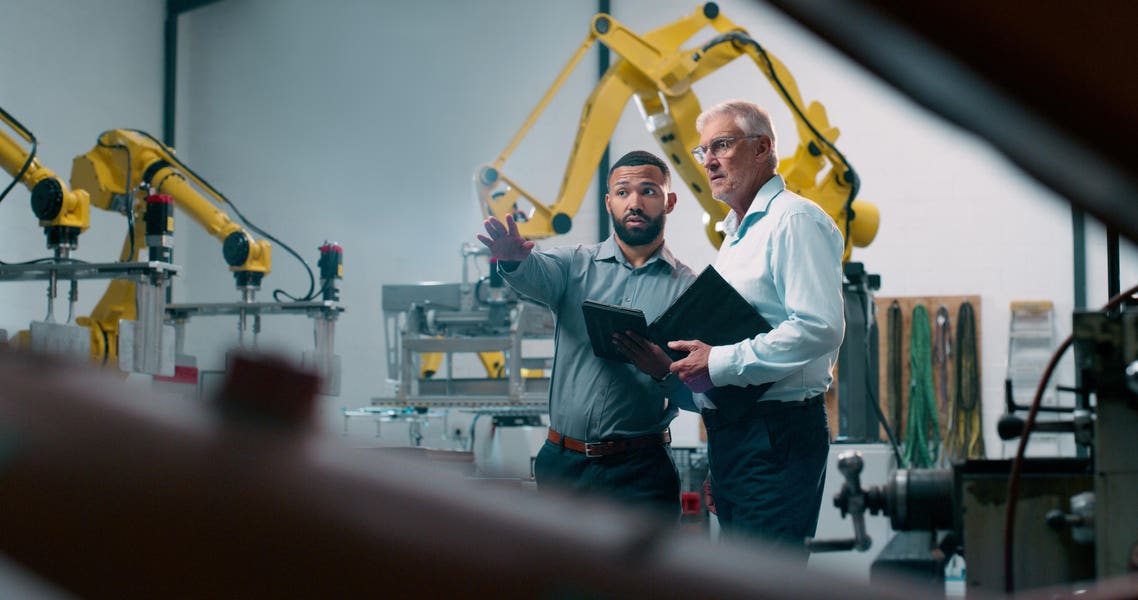Yale Budget Lab finds no measurable link between generative AI and overall US job losses to date. The study emphasizes the difference between exposure and real usage, and urges monitoring, targeted reskilling and data driven planning to future proof jobs.

Widespread anxiety about layoffs driven by AI has dominated headlines, but new evidence suggests the panic is premature. A Yale Budget Lab study examined occupation level data across the 33 months after ChatGPT launch and found no measurable link between the rise of generative AI and overall employment declines in the US labor market.
Questions about the future of work artificial intelligence 2025 are central for policy makers, employers and workers. The big issues are how fast businesses will adopt these tools for core tasks and whether that adoption will translate into net job losses or shifts in work type. This study helps shape near term decisions on workforce planning and investment in upskilling for AI jobs 2025.
The study compared occupations using two common metrics used in AI impact research. First, exposure estimates how relevant a technology could be to a job based on task overlap. Second, usage looks for real world signals that tools are being adopted in practice. Usage data came from provider signals reported by companies such as OpenAI and Anthropic. The main takeaways:
The results offer reassurance but not complacency. They do not answer will ai replace jobs 2025 in the long run. Instead they point to practical actions businesses and policy makers should prioritize to manage ai impact on employment trends 2025.
Leaders can take these concrete steps today to prepare for changes in the ai job market predictions 2025:
The Yale Budget Lab study is an important corrective to alarmist narratives. It shows that so far generative AI has not produced measurable job losses at the macro level. That is not an all clear signal. The recommended response is to prepare and adapt through monitoring, reskilling and thoughtful role redesign so organizations and workers can capture the opportunities of AI while managing risks to employment.



